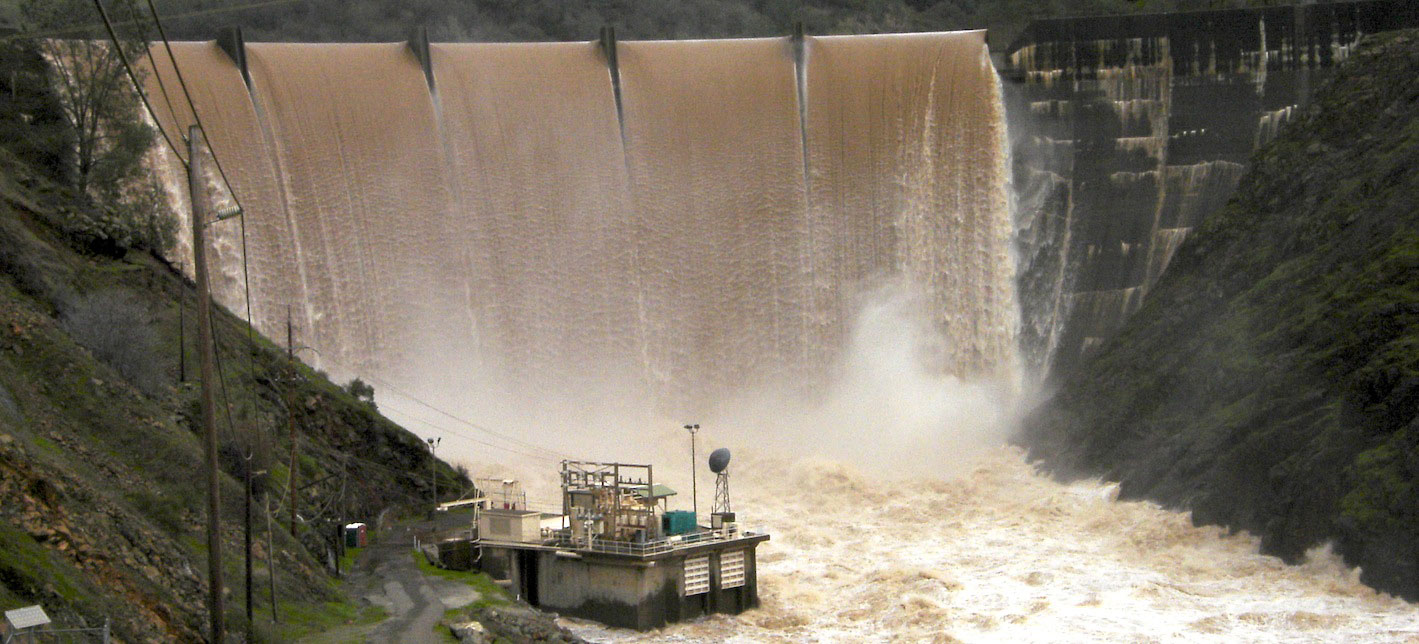In this Section:
Chapter 1 Chapter 2 Chapter 3 Chapter 4 Chapter 5 Group Activity 1 Group Presentations 1 Chapter 6 Chapter 7 Chapter 8 Chapter 9 Group Activity 2 Group Presentations 2 Chapter 10 Chapter 11 Chapter 12 Chapter 13 Chapter 14 Chapter 15 Group Activity 3 Group Presentations 3 Chapter 16 Chapter 17 Chapter 18 Chapter 19 Chapter 20 Chapter 21
Chapter 16
Physically-based lumped hydrological models
Outline:
- Introduction to computer modeling of watersheds
- Approaches to representing real systems
- Deterministic vs. stochastic models
- Key issues in model design
- Hydrological modeling components
- Rainfall distributions
- Ways to compute "loss" terms
- Runoff hydrograph computation
- Baseflow contribution
- Streaflow routing
- HEC-1 package for lumped modeling of subbasins
- Model overview
- Input file logistics
- Model output
- Example applications
- Other hydrologic models
Course Reader:
- Chapter 5 (Hydrologic Simulation Models) of Bedient, P. B. and Huber, W. C. 1992. Hydrology and Floodplain Analysis.Addison-Wesley Publishing Company.
Other reading:
- Skim through the relevant topics in the HEC-1 users manual (hec1.pdf).
Related web links:
- HEC-1 links
- Links to other models
Video Podcast: Lumped Hydrological Modeling, part 1
This 27.5-minute presentation introduces basic ideas about land use planning as well as the types of models available to facilitate that.
- 640 x 480 (480p) format that balances speed and quality. (389 MB file)
- 1920 x 1280 (HD) format that provides larges size and best quality. (2.1 GB file)
Video Podcast: Lumped Hydrological Modeling, part 2
This 39-minute presentation covers the details of what constitutes a lumped hydrological model.
- 640 x 480 (480p) format that balances speed and quality. (496 MB file)
- 1920 x 1280 (HD) format that provides larges size and best quality. (2.7 GB file)
In this Section:
Chapter 1 Chapter 2 Chapter 3 Chapter 4 Chapter 5 Group Activity 1 Group Presentations 1 Chapter 6 Chapter 7 Chapter 8 Chapter 9 Group Activity 2 Group Presentations 2 Chapter 10 Chapter 11 Chapter 12 Chapter 13 Chapter 14 Chapter 15 Group Activity 3 Group Presentations 3 Chapter 16 Chapter 17 Chapter 18 Chapter 19 Chapter 20 Chapter 21


